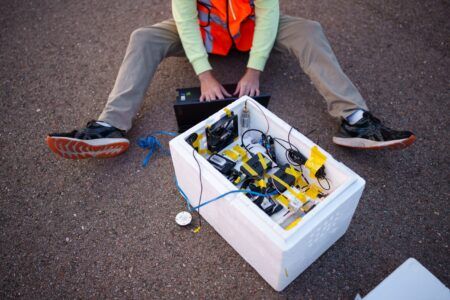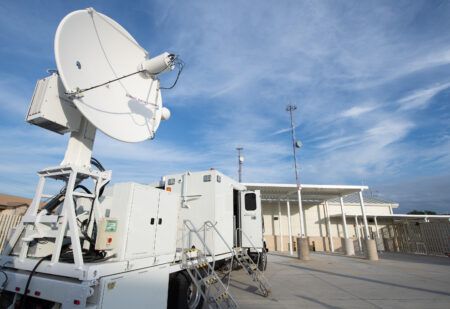The Airbus-built Eutelsat 172B – the first high-power, fully-electric telecommunications satellite produced in Europe – was launched in June 2017
Airbus Defence and Space is developing a proof of concept satellite to demonstrate how fiber optics can be used in telecommunications satellites that will be tested in orbit in 2020.
Photonic payloads will use light to transfer the signals throughout the spacecraft, replacing current RF technologies. Engineers at Airbus Defence and Space believe the technology will enable the development of more efficient and powerful satellites to meet the increasing complexity and sophistication required by customers.
The use of optical fiber-based equipment has already transformed Information Technology for ground applications, and its compact, lightweight and low power nature should enable reductions in mass on telecommunication satellites as they replace currently used technology.
The OPTIMA project is being led by Airbus Defence and Space in Stevenage in the UK. Partners on the project include: DAS Photonics, Cordon Electronics, Sodern, Imec and Polatis.
Airbus Defence and Space is defining and will then assemble and test the photonic payload demonstrator based on the components and equipment developed by the other members of the consortium.
Javad Anzalchi, Airbus project manager said, “By bringing together our industry partners who have complementary skills and expertise, we will develop Optima to provide a roadmap for photonics technology available for telecommunications satellites – and we are targeting an in-orbit demonstration as early as 2020.
“Full development of this technology should not only allow the European space industry to address the challenges of the EU’s Digital Agenda for Europe 2020, but also strengthen its position in a very competitive, global marketplace.”
The Optima project is being funded by the European Commission as part of its Horizon 2020 program.
March 21, 2018





